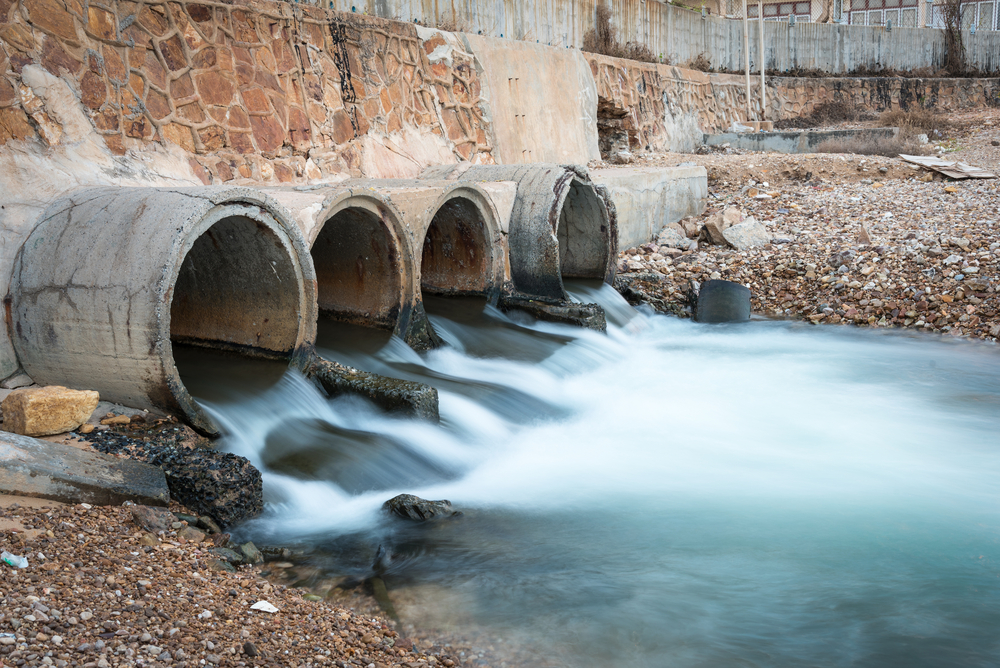Staying in compliance with local, state and federal laws regarding stormwater pollution prevention plans is a big job. It can be nerve-racking for businesses and individuals who may fail to properly understand SWPPP in Utah. That’s our job here at Erosion Control Services — to manage your SWPPP and provide you with solutions. Now, the state has made changes to these regulations, and we want to make sure our clients are aware of them.
You can see these changes yourself on the Utah Department of Environmental Quality, Division of Water Quality, website, but we want to summarize them here to give you a general idea of the changes for 2021.
High-Risk Sites
When a construction company is working on a high-risk site that includes a municipal separate storm sewer system, the state can require you to get a different permit if your project site meets certain slope requirements or is within 50 feet of perennial surface water.
This helps the state determine the risk that the project poses to local water quality.
Impaired Water
In particular, residential construction has a higher risk of sediment and fertilizer discharge as construction occurs close to connected storm drain inlets, paved roads, and has a higher likelihood to stockpile sediment, sod, fertilizer, or other pollutant generating materials near or on impervious surfaces. The danger usually comes from the fertilizer used when putting down sod and other pollutants related to installing landscaping.
The new rules require construction sites to use best management practices to cut back on the risk of polluting water with sediment or nutrients.
Site Checks
The state now requires that construction companies that are working on sites with impaired water nearby perform checks daily to ensure that the work they are doing is not compounding the problem of sediment or nutrients in the water. Construction companies are required not only to check the impaired water site, but also any other adjacent sites that may be considered vulnerable to pollution by contaminants.
Although the primary concern regarding impaired water is for sediment and nutrients, construction companies also must check for trash, dirt or any other materials they may have accidentally introduced into the environment.
Corrective Action
The new regulations give inspectors more leeway and flexibility in determining when or if corrections are needed. The state spells out new specific timelines for taking corrective action as well.
SWPPP Changes
Utah has made some changes to the requirement for SWPPPs regarding receiving water and natural buffers. Now, construction companies must identify the first area that will receive runoff water from the site, if this area of receiving water is already impaired and if so, how.
Natural buffers must now be 50 feet, and if they are not, construction companies must provide a detailed explanation as to why this is not possible.
Erosion Control Services Can Help
Being out of compliance with the Utah DWQ can cost you thousands or even millions in fines and work stoppages. Be proactive and get help with your SWPPP from Erosion Control Services. We provide other important services as well, including hydroseeding and installing erosion control blankets and silt fences. Rely on ECS for all your stormwater management plans. Call us today.


